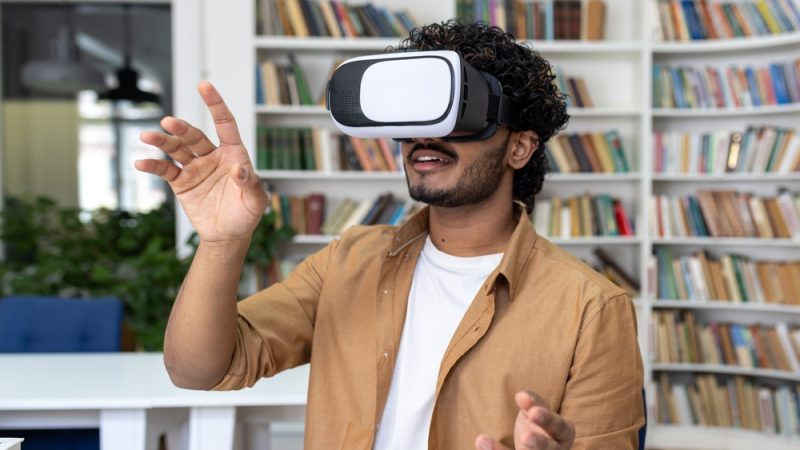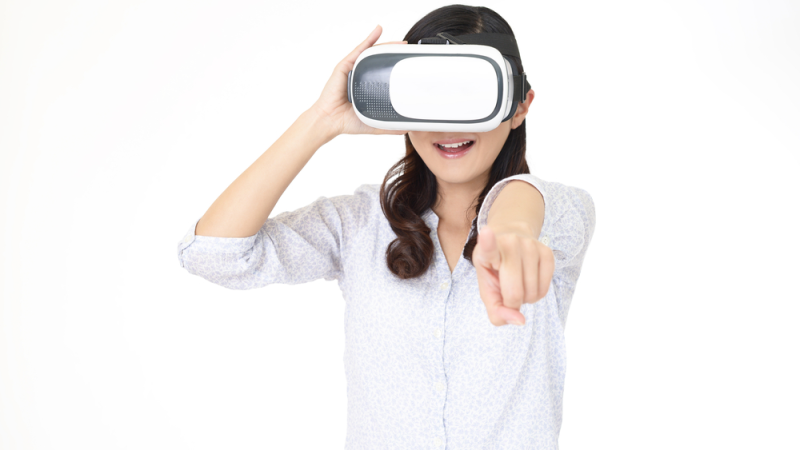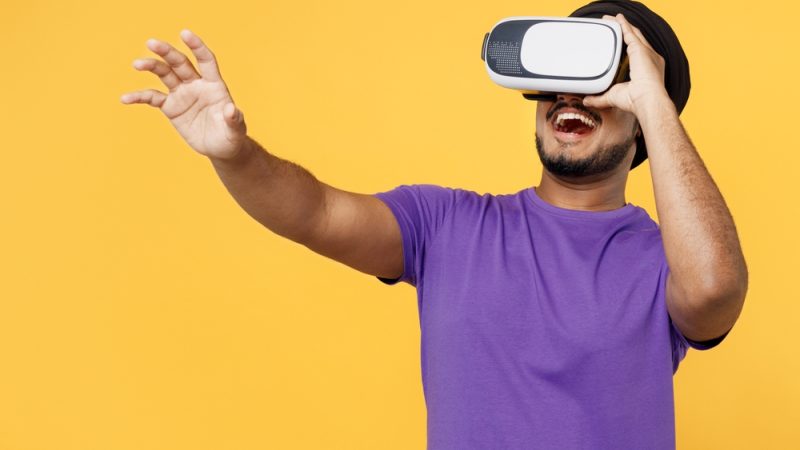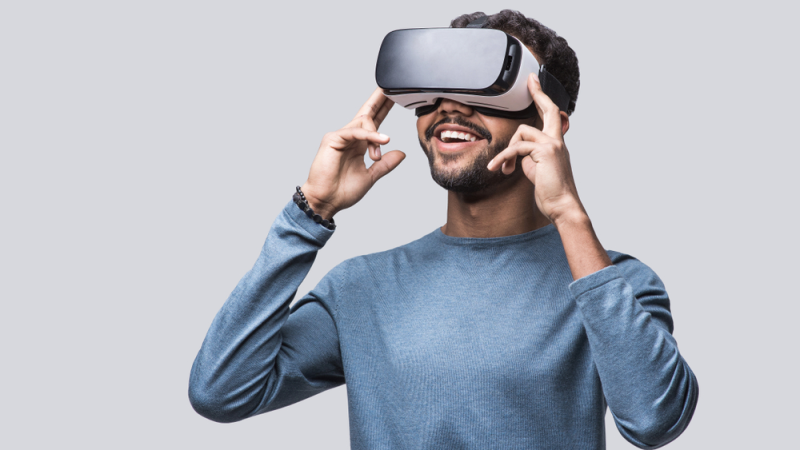Virtual Reality: The New Way to Design Your Dream Home
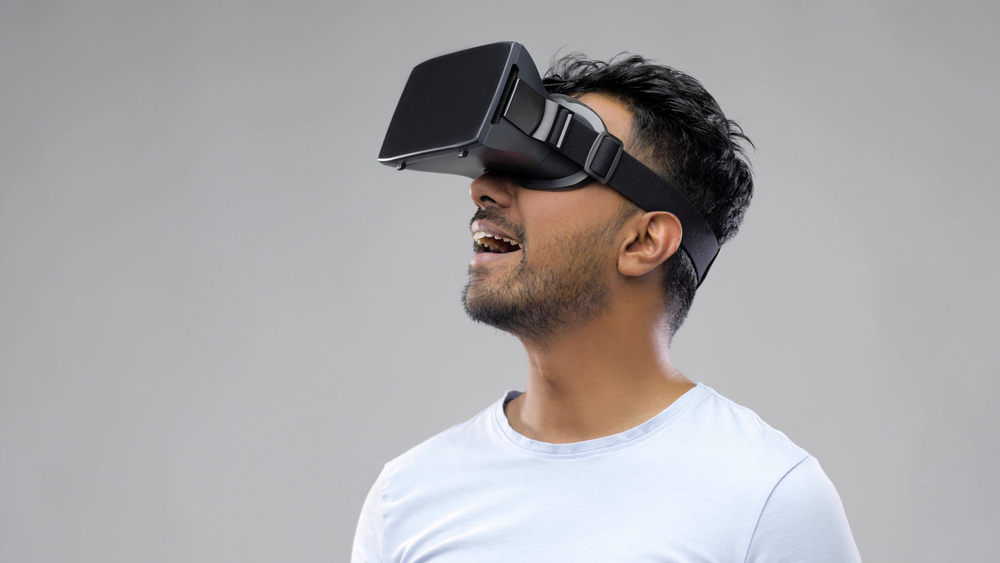
Introduction
Virtual Reality (VR) in the home design process means we have entered the next phase of how homeowners will and are designing and living. It provides engaging experiences to allow users to visualize and make changes to their ideal environment before anything is built. This allows users to decide ahead of time for the final product to match their vision.
The Evolution of Home Design
Most practices in home design are heavily rooted in 2D drawings and physical models; thereby preventing relationship of the space that can be realized in a potential design. The VR changes this dynamic by placing the user in 3D space and allows them to move and actively experience every detail of the homeowners environment. This innovation enhances understanding and conversations between designers and consumers, leading to better work.
Benefits of Virtual Reality in Home Design
Improved Visualization
With virtual reality, a user can traverse their future build and be immersed in that space long before anything is built. An actual, sized, representation of the end product is an incredible way to experience a design, the dimensions of each room, and features prior to the start of construction, while making changes before any costs.
Improved Decision-Making
VR also allows homeowners to have fun with several design options, or switch color swatches, and materials for their choices without delay. This ability to make changes is fast, since it automatically adjusts the outcome, and informs the user of their choices.
Cost and Time Savings
Through the facility to identify design issues and change them inside the computer model, considerable savings in time and money are achievable when it comes to construction off-site. By creating on-site automation systems in VR, the reliance on physical prototypes is significantly reduced, and unexpected challenges are minimized.
Implementing Virtual Reality in Your Home Design Process
Collaborating with Professionals
More and more architects and interior designers are using VR in their process. Working with some of these professionals who use VR can still provide great perspective on your design and can validate if your design is visually appealing and/or structurally stable.
Utilizing VR Design Platforms
A variety of VR platforms designed for home enthusiasts exist. They all have straightforward user experiences along with expansive furniture and materials libraries to assist in creating realistic virtual representations of your homes.
Future Trends in Virtual Reality Home Design
As virtual reality continues to advance in sophistication, the its applications in home design also will increase. Such as; the introduction of augmented reality (AR), AI home design assistive technology, and increasing competencies offer even more focused and efficient design possibilities.
Conclusion
Virtual Reality is changing how we design homes with immersive, interactive, and efficient ways to create and experience home environments. By utilizing this technology, homeowners will use their likeliest creative capacities in bringing their dream home to fruition.

